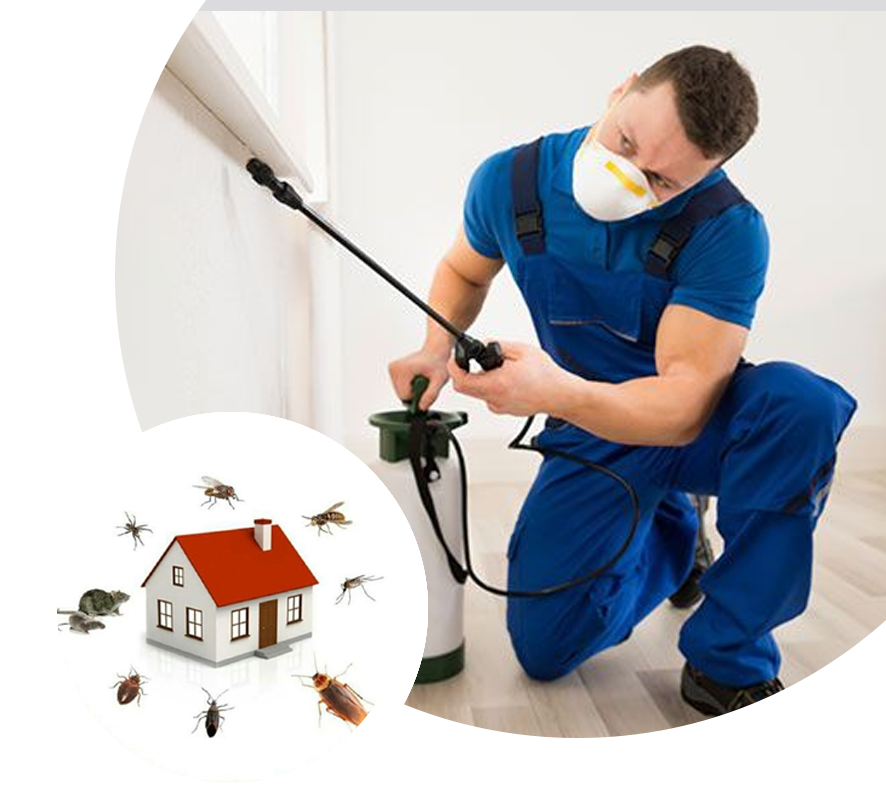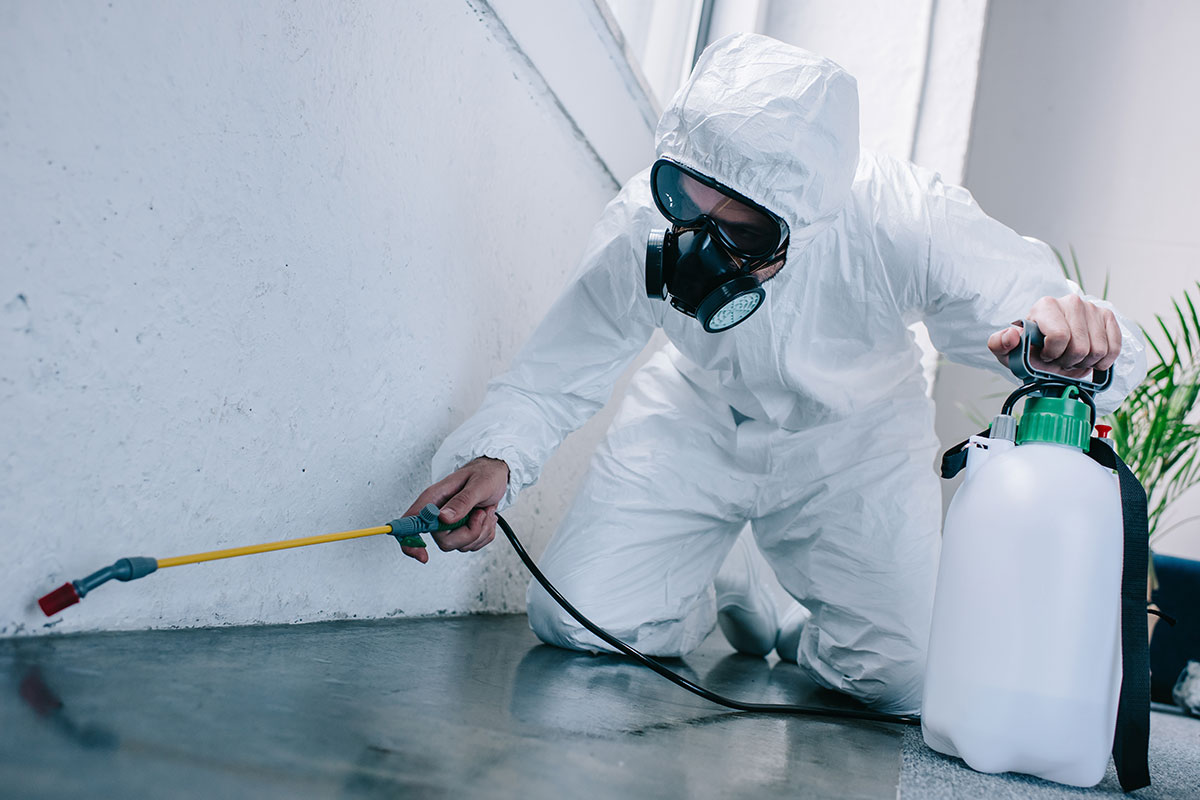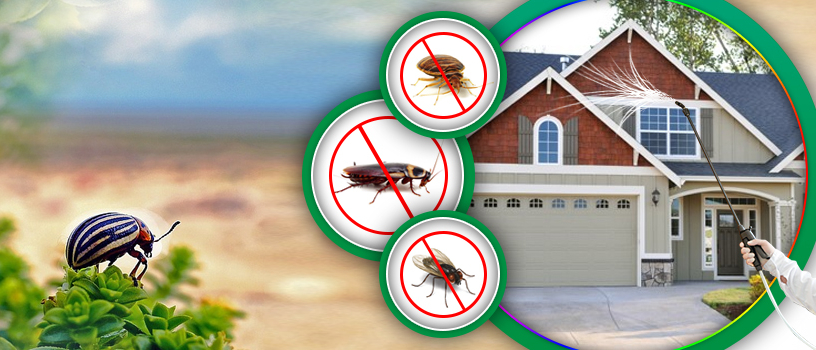Comprehensive Pest Control Visalia Services for Lasting Results
Comprehensive Pest Control Visalia Services for Lasting Results
Blog Article
Sorts Of Pest Control: Which Technique Is Right for Your Invasion?
When encountered with an insect infestation, the selection of a suitable technique for bug control is vital in effectively taking care of the circumstance. From chemical therapies to organic solutions, there exists an array of approaches that can be used to address various sorts of parasites. Each method includes its own set of factors to consider and advantages, making the decision-making process a nuanced one. Recognizing the subtleties of each method and evaluating their compatibility with the specific parasite invasion at hand is necessary for accomplishing long-lasting success in parasite monitoring. By checking out the various types of pest control approaches offered, people can make enlightened decisions customized to their special situations, ensuring an extra reliable and lasting end result in parasite removal.

Chemical Insect Control
Chemical parasite control entails making use of synthetic or naturally derived chemicals to manage and remove pest populaces effectively. This method is typically utilized in farming, forestry, and residential setups to battle a vast array of bugs, consisting of bugs, rodents, and weeds. Using chemical pesticides can give fast and targeted remedies to pest problems, making it a preferred option for many individuals and organizations.
One of the key benefits of chemical bug control is its capacity to promptly get rid of parasites, lowering the threat of damages to plants, residential or commercial property, and human health - pest control visalia. By using specific chemicals that target certain bugs, this method can efficiently regulate infestations while reducing injury to useful organisms and the environment when used properly
However, using chemical insect control likewise increases worries about possible negative impacts on non-target species, water resources, and human health. It is vital to comply with safety and security standards, apply chemicals sensibly, and think about different bug control methods to lessen these risks and make certain sustainable bug monitoring methods.
Organic Pest Control
Biological insect control, additionally referred to as biocontrol, utilizes living microorganisms to lower and manage insect populaces naturally. This approach harnesses the power of nature to regulate insects without the demand for synthetic chemicals. Biocontrol can include the introduction of natural enemies of the insect types, such as microorganisms, predators, or parasites, to suppress insect populaces. By making use of the pest's natural predators or pathogens, biological pest control provides a ecologically pleasant and lasting solution to pest administration.
One common instance of biological bug control is using ladybugs to manage aphid populations in gardens. Ladybugs are natural killers of aphids and can aid keep their numbers in check without making use of harmful chemicals. The germs Bacillus thuringiensis (Bt) is used as a biological pesticide to regulate caterpillar insects while being safe for various other organisms.
Mechanical Pest Control
Making use of physical and manual approaches to manage insect populaces, mechanical bug control provides an alternative strategy that does not depend on using living microorganisms or artificial chemicals. This method includes using obstacles, traps, or various other devices to literally discourage or get rid of bugs. By blocking parasite access points or establishing traps to capture them, mechanical insect control can successfully minimize invasions without introducing chemicals right into the environment.
One usual example of official statement mechanical pest control is making use of mesh displays on doors and windows to stop pests from going into structures. pest control visalia. This straightforward yet effective technique acts as a physical barrier, keeping bugs out while allowing for correct ventilation. Furthermore, devices like mousetraps, fly swatters, and ultrasonic repellents fall under the mechanical parasite control classification

Physical Parasite Control
A reliable technique to handling insect populaces without relying upon chemical or biological methods includes making use of physical pest control strategies. Physical parasite control techniques aim to get rid of or deter insects through mechanical means as opposed to pesticides or chemicals. These methods are frequently preferred for their eco-friendly nature and very little influence on non-target microorganisms.
Some usual physical parasite control methods consist of making use of obstacles such as webs or displays to stop bug entrance, catches to catch and remove bugs, and hand-picking to physically get rid of insects from plants or structures. In addition, methods like warmth treatments can be made use of to control bugs like bed bugs by increasing the temperature to degrees that are lethal to the bugs.
Physical parasite control is particularly useful in incorporated insect administration (IPM) techniques, where multiple bug control approaches are combined for efficient pest administration while minimizing making use of chemicals. By making use of physical pest control methods, people can efficiently resolve pest infestations with very little ecological useful site influence.
Integrated Bug Monitoring
When applying physical parasite control approaches as part of insect administration strategies, Integrated Bug Management (IPM) becomes a detailed strategy that leverages various techniques to successfully manage pest populaces. IPM concentrates on lasting avoidance of parasites through a combination of biological, cultural, physical, and chemical tools tailored to specific pest problems. By integrating multiple control tactics, IPM aims to reduce the dangers connected with parasites while additionally reducing dependence on chemical options.

Verdict
In linked here final thought, identifying the most efficient method of pest control for your problem depends upon numerous elements such as the sort of insect, the level of the infestation, and environmental factors to consider. Chemical pest control includes making use of chemicals, organic insect control utilizes all-natural predators, mechanical insect control involves physical obstacles, physical parasite control includes trapping or eliminating pests, and integrated bug monitoring integrates multiple methods for a holistic strategy to pest control. Select the technique that finest matches your certain situation.
By using the insect's all-natural predators or microorganisms, organic bug control provides a sustainable and environmentally friendly service to pest administration.
Utilizing physical and hands-on techniques to handle parasite populations, mechanical pest control supplies an alternate strategy that does not count on the use of living organisms or artificial chemicals.An efficient strategy to managing pest populaces without relying on chemical or biological methods involves the use of physical insect control methods.When implementing physical parasite control methods as component of bug management methods, Integrated Bug Monitoring (IPM) arises as a thorough technique that leverages different methods to efficiently control pest populaces. Chemical bug control includes the use of chemicals, organic bug control uses natural killers, mechanical bug control involves physical obstacles, physical pest control includes capturing or removing parasites, and incorporated bug management incorporates several techniques for a holistic strategy to pest control.
Report this page